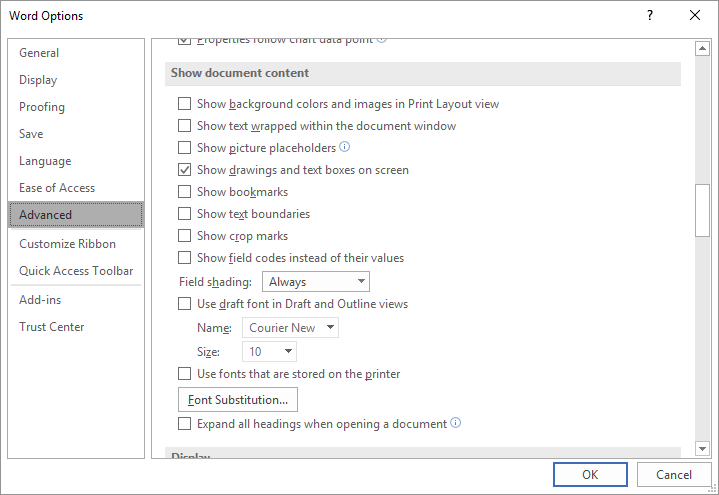

If the height of the image is changed when the scaling is applied, the width is also changed to maintain the image's original aspect ratio.If the scaling value exceeds 100 percent, the image might overlap the data area of the corresponding worksheet.In this case, the height of the image must be defined as a percentage of the parent header or footer.Select Relative to scale the height of the image in proportion to the height of the header or footer that holds that image. Select Original to keep the initial size of the image. The Scale the height property of the Picture component lets you use the configured binding to control the size of an image: To specify the media content that should put into the header or footer of a generated document as either a new image or a replacement for a default image, you must bind the Picture component to a data source of the Container type that represents an image in binary format.Įvery Header or Footer component can hold one Picture component for each supported alignment: Left, Center, and Right. You can also use the Picture component to put an image into the header or footer of a generated document at runtime, even if the template contains no default image. Configure the alignment of the Picture component as appropriate. To access this image in your ER format, you must add the Picture component under the Header or Footer component of the format. If you want a default picture to appear in the header or footer of a generated document, you can add an image to the header or footer of a worksheet of an ER template. In Finance release 10.0.21, you can manage the header and footer images that are generated by an ER solution that has an Excel template. The images can be aligned to the left, right, or center. Excel supports up to three images in the header and footer of every worksheet. The workbook can contain multiple worksheets, each of which can be designed so that it has a header and a footer. Use the Excel workbook document as a template to specify the layout of a report. If you duplicate an element name, the content of the report that is generated will be ambiguous and confusing.Įmbed images in the header and footer of an Excel worksheet These elements include pictures and cells. In the Excel template, use a unique name for every element.To hide an image in the document that you're generating, define a CELL element, and specify that the Enabling expression should return a value of FALSE. If the binding of a CELL element returns no data at runtime, the document that is generated will show the image placeholder from the template. Otherwise, no image placeholder will appear in the report's output. If you want to fill the image placeholder in the document that you're creating by using the Excel template, the ER format must contain the CELL element that refers to the named picture element in the Excel template.The image placeholder that you added will be included in the ER format definition as a CELL element. The format definition will be created automatically.

Attach the Excel workbook as a template for the format of the report, and then import the content of the workbook into the ER format. Then use the ER tool to add a new ER format configuration to include the report that you're designing. Open an Excel workbook, and add a picture as a placeholder for the image that you will add later. ER Design a configuration for generating reports in Microsoft WORD formatĮmbed an image in an Excel document Embed an image in an Excel worksheetįirst, you must add a placeholder for the image in an Excel document.ER Design a configuration for generating reports in OPENXML format.You can find these task guides under the 7.5.4.3 Acquire/Develop IT service/solution components (10677) business process. For more information, play the following task guides. This new functionality goes beyond existing ER capabilities for creating documents in Microsoft Office formats. These elements specify the data that will be entered, at runtime, in the documents that are generated. Format elements of the report are bound to data sources. The named elements in the attached template are associated with the format elements of the ER report. The ER Operations designer lets you attach the Excel or Word document as a template for the report. You can use Microsoft Excel or Microsoft Word documents to specify the layout of a report. You can use the Electronic reporting (ER) tool to design reports that you can run to generate required electronic documents.


 0 kommentar(er)
0 kommentar(er)
